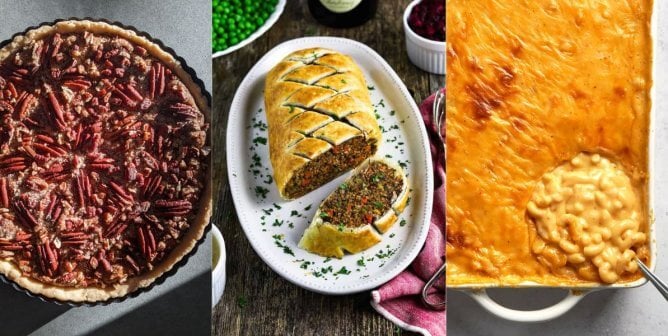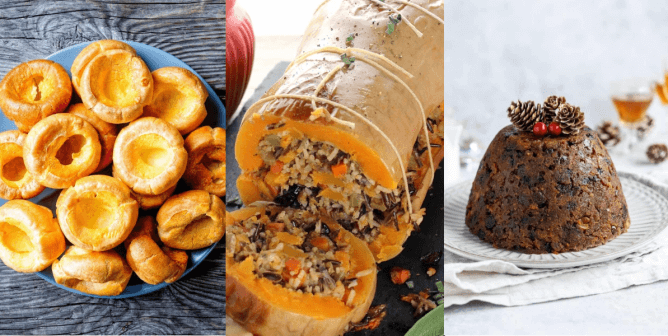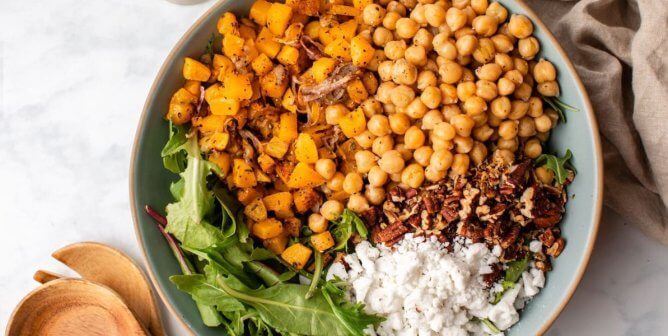Want to help bees? Great! So do we. Establishing common ground is important.
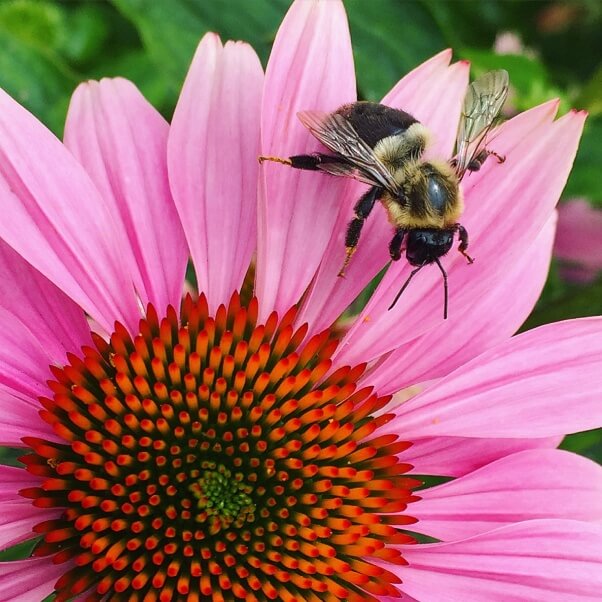
If you’ve been on the internet during the last week, you’ve probably heard about the Honey Nut Cheerios “Bring Back the Bees” campaign. Cereal giant General Mills sent out wildflower seed packets to people across North America with the stated aim of providing pollinators, such as bees, with more food sources. A blog post on the company’s website stated:
“The success of this program shows that both Canadians and Americans are willing to take steps to help the bees.”
While the reasoning behind the campaign has been called into question, it’s clear that conscientious consumers are interested in helping bees. So if you—like millions of others—are willing to take action to help bees, we’ve got a great next step that will make a world of difference for busy bees:
Stop eating honey.
By all means, plant appropriate flowers in your garden or in green spaces near you. But honey is made by bees for bees. Period.
Don’t let the sweet taste fool you. Honey is, in effect, bee barf. To make it, plant nectar is “sucked up” through a bee’s tongue and stored in an extra stomach, where it mixes with enzymes. After arriving back at the hive, a bee regurgitates this stomach slosh into another bee’s mouth. This process continues in a decidedly unappetizing chain from bee to bee until the nectar is finally deposited into a honeycomb.
What’s more, bees work hard to fill their hives with honey—often in vain. Did you know that a single worker bee may visit up to 10,000 flowers in one day and, over a lifetime, produce only a teaspoonful of honey? It may also surprise you to know that these tiny animals are factory-farmed, much like chickens, pigs, and cows are. Bees reared for honey are fed just enough sugary syrups, like high-fructose corn syrup, to ensure that their honey production continues—only to have their life’s work and food supply stolen.
And even though bees tend to prefer the nectar of certain flowers or plants, it’s a common honey-industry practice to drop them off in fields or orchards containing just one plant, leaving them with no other option. Scientists speculate that restrictive dietary practices could be causing bees to suffer from malnutrition. This is believed to weaken already-shrinking bee populations even further.
The good news? We don’t need to take honey from bees.
An array of delicious, sustainable plant-based sweeteners can do all the same things that honey does—without hurting bees. Try one the next time that you go shopping! Look for agave syrup or check out the product that a Shark Tank investor called a “hundred million dollar brand”: Bee Free Honee, which is made from organic apples.
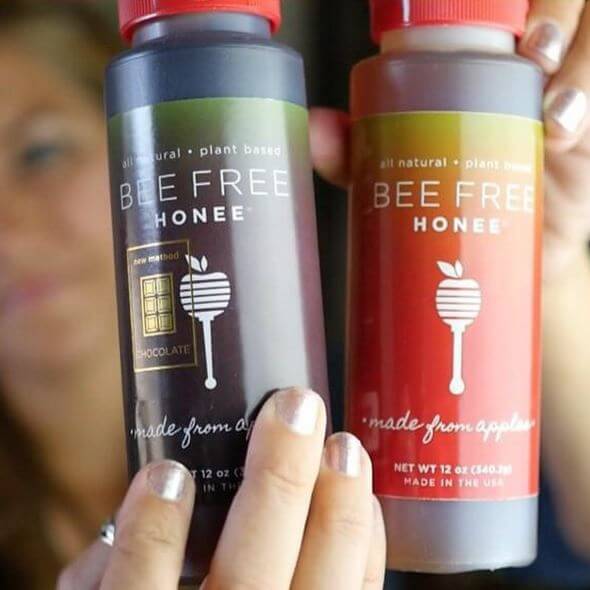
If you’re looking for tips on how to be a friend to bees—and all animals—each time you sit down to eat, check out PETA Living News to get the latest in vegan lifestyle content sent directly to your inbox.




